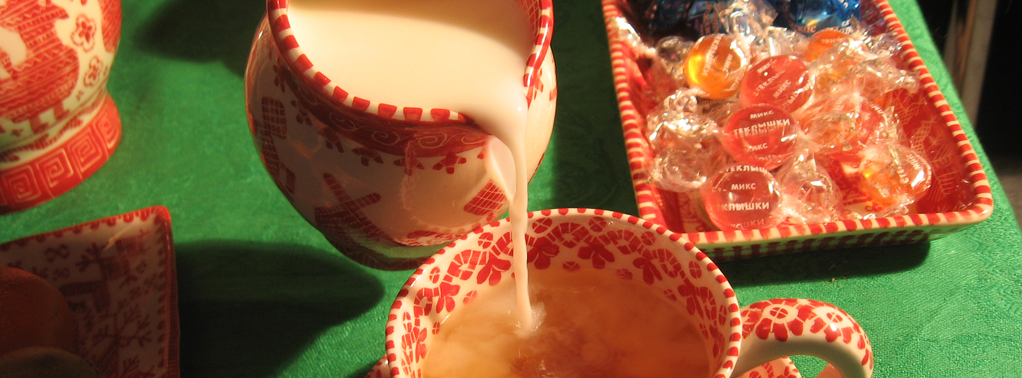China

China, which is peak pottery appeared in China in IV-VI centuries. The invention of porcelain was associated with the desire to find a replacement for expensive and fashionable jade ware. Therefore, the first porcelain had green or bluish gray. The greatest flowering of porcelain production belongs to the XV century, the era of the Ming Dynasty. By far the most expensive china is made in Jiangxi Province in the workshops Tszindechzhenya. With the X century porcelain begin to produce in Korea. In Japan, the production of porcelain appeared in the XVI-XVII centuries. under the influence of China and Korea. Especially known products, the Arita (aka Imari) Painted enamel on a white background (flowers, birds). Depending on the weight and composition of the porcelain glaze different hard and soft porcelain. Certain intermediate species is represented by the so-called bone china. Hard porcelain mainly contains two source material: kaolin and feldspar (sometimes in conjunction with...



